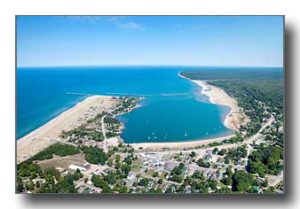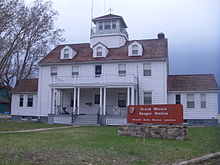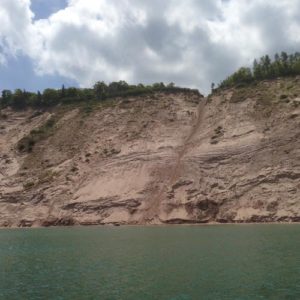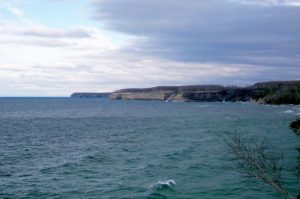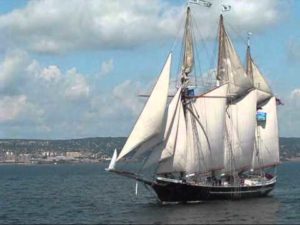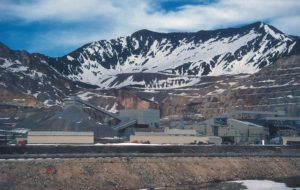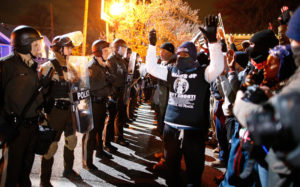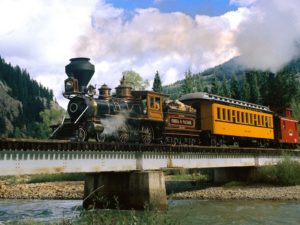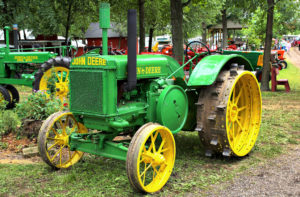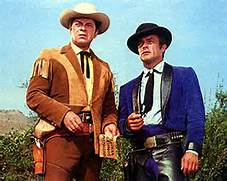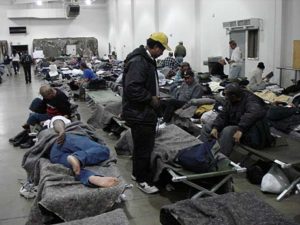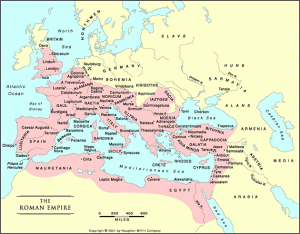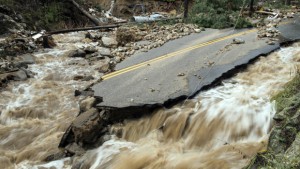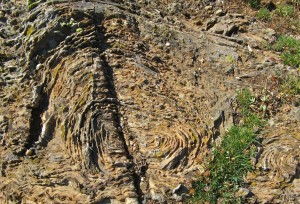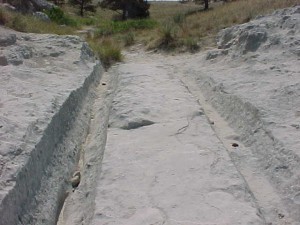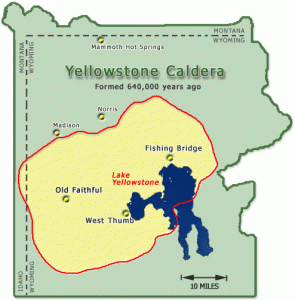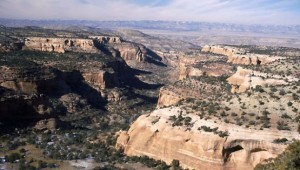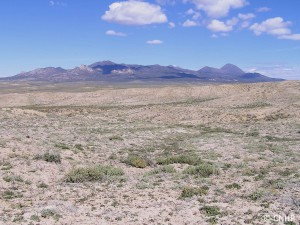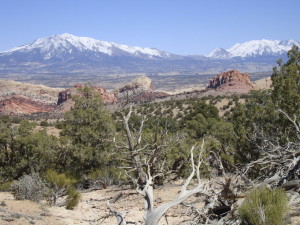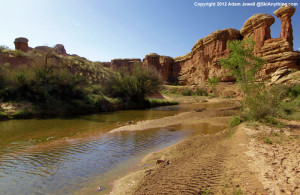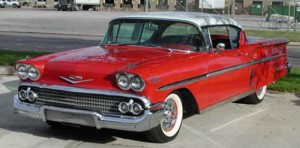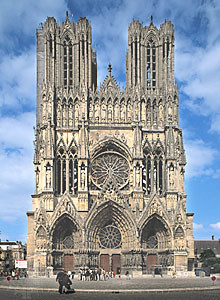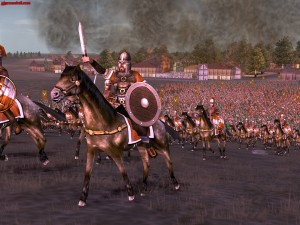The Upper Peninsula
Recently we visited Michigan.
Michigan is two realms, downstate and the U.P. as the locals call it, where we visited. They call themselves yuppers, for U.P., the Upper Peninsula. It’s the North Country, well north of Toronto, heavily wooded and bordered by Lake Michigan and Lake Superior. My wife has an old friend who is from Grand Marais, a tiny town on the south shore of Lake Superior. It is 40 miles to the nearest supermarket or hospital.
Patty grew up there, and like most natives, had to leave to make a living. After a career, she went back home. I can understand why. The U.P. is a magical place, and Grand Marais, with its 400 people, is one source of the magic. The land, the lake, the history, and the yuppers combine to make a spot unlike any other.
Historically a fishing and logging town, it is now a retirement and tourist community. The campground, with its tents and RV’s, has as many people in summer as the rest of town. There is a K-12 school with 28 students, a few stores, restaurants, and motels; small houses with no fences, some new houses seeming out of place, and that’s about it.
The people talk funny. Lots of Finns and Swedes settled there, and that Nordic accent prevails. No one says yes, it’s yah. The word the becomes da, and the vowels are round. They are friendly, open, welcoming people with no pretensions. I fell in love with them.
The land is second growth timber, still supporting a logging industry. The trees are a mix of hardwoods and conifers. The larger trees are about 24-30 inches in diameter. Walk into the woods, and there are old stumps around four feet across.
We did some wandering at the Pictured Rocks National Lakeshore, just west of town. The Park Headquarters is in the old Coast Guard Station in town. The lakeshore has a waterfall, views of the lake and its lighthouses, the sandstone bluffs giving the park its name, and the log slide. It is the first National Lakeshore.
The log slide was used to slide logs into the lake from sand dunes about 175 feet above the lake. There is a trail with wooden steps leading down to the waterfall and the lakeshore. We watched the young people frolicking in the water and running/sliding down the log slide. The beach is rounded cobbles up to about softball size. Just away from the beach is sand with people looking for agates that formed from water trickling through ancient basalt lava flows.
Another day we went blueberry picking in a logging clear cut. Lots of blueberry plants were hiding in west the bracken. We kept an eye out for bears attracted to the blueberries. The berries went into pancakes and muffins. Driving off the pavement is a bit dodgy due to the sand. We had to back down one hill.
Another notable thing was the silence. I live in the city, with a constant background of noise. Grand Marais was quiet. I am sure the town is even quieter in winter with three or four feet of snow on the ground on the rare day with no wind.
The logging and fishing history is important, but the shipwrecks are a thing of legend. The south shore of Lake Superior is a lee shore. A lee shore is when the shore is leeward (downwind) of a sailing vessel. In the days of sail, Lake Superior schooners were often blown onto the south shore by the fierce north and westerly winds. It is difficult to sail upwind in a big blow, and the lake is famous for its storms.
You probably know Gordon Lightfoot’s “The Wreck of the Edmund Fitzgerald”. Ships under power weren’t immune to the storms. Standing on the shore of that immense lake, I could feel the draw of that big lake, and began to appreciate both the beauty and the danger. Today, the shipping is well offshore.
I never felt I could fall in love with flat country, but I do love the U.P.
